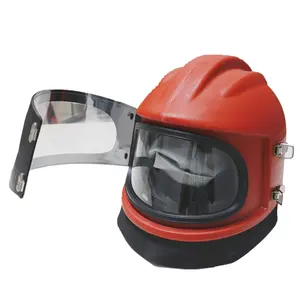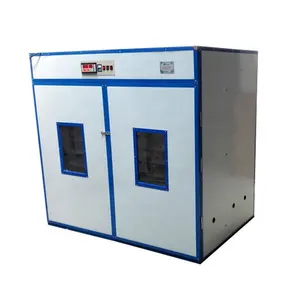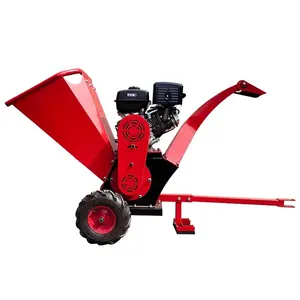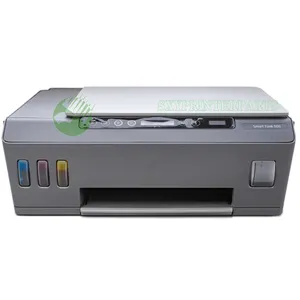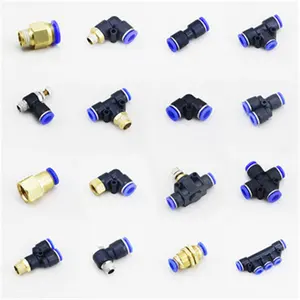Popular in your industry
















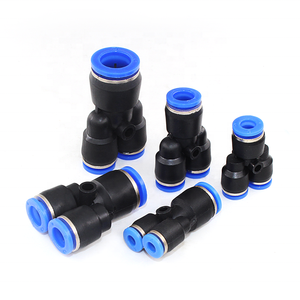









































Related Searches:
























































































































Top categories
About pneumatic fitting
A pneumatic fitting is a component used to connect pneumatic systems, enabling the transmission of compressed air or gas. It is designed with specific features to ensure a secure and leak-proof connection, crucial for the efficient operation of pneumatic machinery. There are various types of pneumatic fittings, including couplers, adapters, elbows, tees, and connectors, each serving a unique purpose in configuring pneumatic systems. These fittings are commonly made of materials like brass, stainless steel, or composite materials, selected based on the application's requirements and the environment in which they will operate. Pneumatic fittings are essential in industries where pneumatic power is utilized, such as manufacturing, automotive, and aerospace, contributing to the seamless performance of pneumatic equipment.
Types of pneumatic fittings
The pneumatic pipe fittings are an integral part of pneumatic systems, and each type is designed for specific applications. Quick connect air fittings, also known as push-to-connect fittings, are widely used for their ease of installation and removal. These fittings feature a simple push-in mechanism, eliminating the need for tools and making them ideal for applications requiring frequent connections and disconnections. A pneumatic connector, on the other hand, is a versatile component used to join two or more pneumatic tubes or hoses. These connectors come in various configurations, such as straight, elbow, or tee, to accommodate different system layouts. Additionally, specialized fittings, like pneumatic quick connect fittings, prioritize rapid connections for applications where efficiency and time-saving are critical. These fittings, often used in industries like automation and robotics, enable swift assembly and disassembly of pneumatic lines.
How to install pneumatic fittings?
Installing pneumatic fittings properly is crucial to ensure the efficiency and safety of pneumatic systems. The first step is to identify the type of fitting pneumatic required for the specific application. It is essential to select the appropriate fitting based on factors such as the tubing material, system pressure, and connection type. Next, the tubing should be cut squarely using a tube cutter to ensure a proper fit. Any rough edges or debris should be removed to prevent damage to the fitting or obstruction in the pneumatic system. To install a push-to-connect fitting, the tubing should be inserted into the fitting until it reaches the tube stop. This step should be performed with a firm, continuous push to ensure a secure connection. For threaded fittings, it is essential to use thread sealant or tape on the threads to prevent leaks. An appropriate wrench should then be used to tighten the fitting to the recommended torque. Once the fittings are installed, the pneumatic system should be tested for leaks and proper functionality. Regular maintenance and inspection of pneumatic fittings are also vital to identify and address any issues promptly.
How to maintain pneumatic fittings?
Proper maintenance is essential to ensure the longevity and performance of pneumatic fittings. Regular inspection of fittings for signs of wear, corrosion, or damage is crucial. Any worn or damaged fittings should be replaced immediately to prevent leaks and maintain system integrity. Additionally, fittings should be kept clean and free from contaminants, as foreign particles can affect the sealing properties and lead to leaks in the pneumatic system. Applying lubrication to O-rings and seals, especially in pneumatic quick connect fittings, can help maintain their flexibility and sealing effectiveness. It is also important to follow the manufacturer's guidelines for the specific type of fitting to ensure proper maintenance practices. By incorporating routine inspection, timely replacement of worn components, and adherence to maintenance protocols, pneumatic fittings can continue to facilitate efficient and reliable pneumatic system operations.
